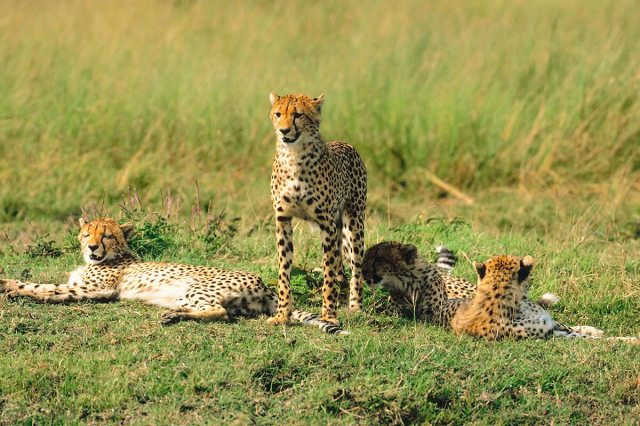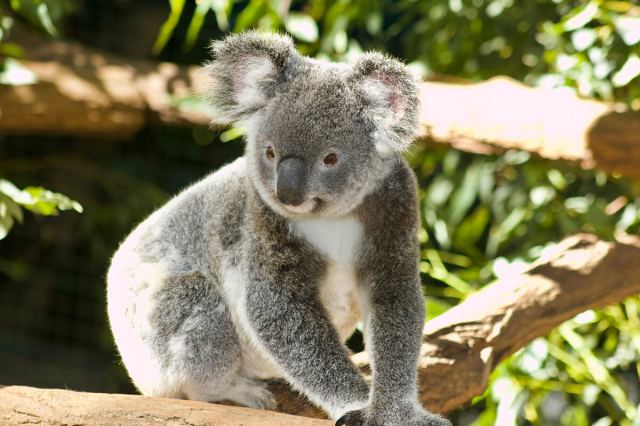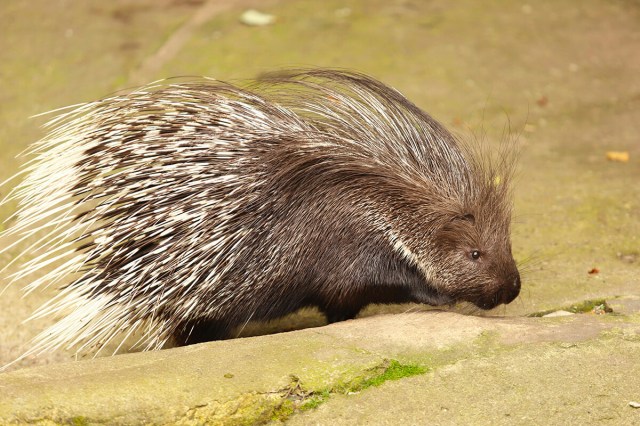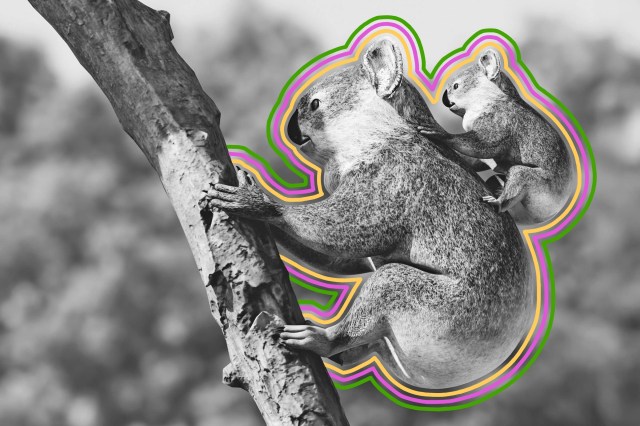
Bald Eagles
You’d think the powerful and majestic national bird of the United States would have a soulful, piercing cry, but the reality is quite different. Bald eagles produce surprisingly weak-sounding calls, typically a series of high-pitched whistles, chirps, and piping notes often described as similar to the cries of gulls.
These sounds are probably not what you would expect from a 10- to 15-pound bird of prey with a wingspan of up to 8 feet. Hollywood is partially to blame for our misconceptions: The sound of the bald eagle is considered somewhat lackluster when depicting the animal onscreen, so film editors often replace real eagle noises with the more dramatic, haunting cry of the red-tailed hawk.

Cheetahs
Cheetahs are the world’s fastest land mammal, reaching speeds of up to 60 or 70 miles per hour. These big cats are apex predators, using their speed, ferocity, and power to chase down their prey on the wide-open grasslands and savannas of southern and eastern Africa. You may therefore expect them to have an impressive roar akin to some other big cats, but cheetahs cannot roar at all.
Instead, these speedy cats make a variety of chirps, purrs, and high-pitched yelps that sound more like bird noises — a far cry from the fearsome roars of lions, tigers, and jaguars. This is due to the structure of the cheetah’s hyoid bone — a U-shaped bone in the neck — which is ossified (rigid and fixed in one position), allowing the animals to purr but not roar. Lions, tigers, jaguars, and leopards, on the other hand, all have flexible hyoid bones that allow them to produce deeper and far more intimidating noises.

Red Foxes
Red foxes make a variety of surprising sounds, including breathy barks, frightening screams, howls, and squeals. They also make a strange combination of noises known as gekkering — a series of stuttering, chattering, throaty vocalizations — when fighting or during play.
The loudest and most chilling sound made by foxes is the scream, or contact call, normally made by vixens when they’re ready to breed. This shriek can sound very similar to a human woman screaming, which can be particularly unnerving if you happen to hear it while walking in the countryside at night. At the other end of the sound spectrum is the infectious and endearing noise foxes make when they’re excited or having fun, which strongly resembles a squeaky human laugh.
More Interesting Reads

Koalas
These fuzzy marsupials may look like cuddly teddy bears, but they’re capable of making some fearsome noises. In addition to emitting an array of snarls, squeaks, and screams, koalas can produce a shockingly deep, guttural bellow that sounds like a strange mix of a pig grunting and a motorcycle engine revving.
Research biologist Benjamin Charlton of the University of Sussex, explained to the BBC that a male koala’s bellow is “20 times lower than would be expected for an animal of its size” and more typical “of an animal the size of an elephant.” The unexpected depth of the sound comes from a special extra set of vocal folds outside the larynx that are more than three times longer and about 700 times heavier than those of the larynx, allowing koalas to produce extremely deep pitches with tremendous power.

Porcupines
Porcupines are notoriously prickly, but they produce some of the animal kingdom’s most unexpected and downright adorable sounds. These animals are remarkably vocal, creating a range of vocalizations that includes whines, squeaks, moans, and grunts.
The overall effect is reminiscent of a cute yet slightly frenzied video game character, with elements of Ewokese (the language spoken by the Ewoks of the Star Wars universe). Porcupines also make a clicking noise with their teeth to scare off predators, and they can produce a loud hissing sound by rattling their quills. On the other end of the spectrum, baby porcupines — charmingly called porcupettes — make little squeaks and coos that do perfectly suit their ridiculously cute appearance.












